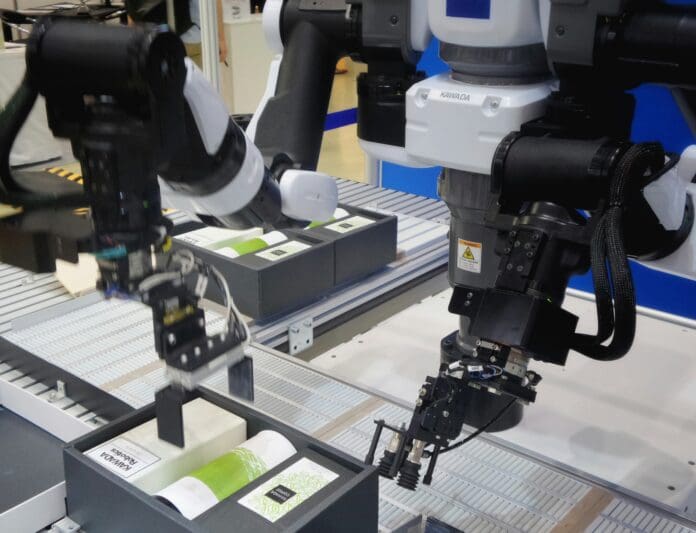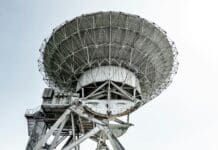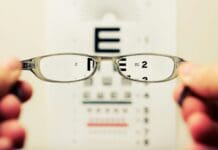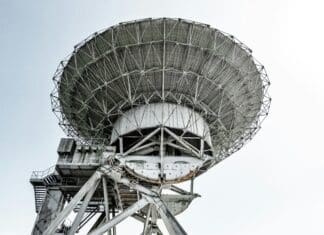This post is also available in:
 עברית (Hebrew)
עברית (Hebrew)
Fiducial markers play a vital role in guiding robots by helping them navigate their environment and recognize objects. These markers, resembling high-contrast black-and-white square codes, are crucial for a robot’s location and orientation, helping it to identify objects and determine their positioning and placement. Fiducial markers can typically be detected over great distances, making them indispensable for many tasks.
However, until recently, one significant challenge has been how to reliably detect and decode these markers under poor lighting conditions, such as in dim or shadowy environments. Traditional machine vision techniques struggle to maintain accuracy in such settings, leading to inefficiencies and delays.
A team of researchers from the University of Cordoba has addressed this issue by developing an innovative system powered by neural networks. Published in Image and Vision Computing, their solution is the first to successfully detect and decode fiducial markers in challenging lighting scenarios.
According to TechXplore, the system operates in three phases: marker detection, corner refinement, and marker decoding. Each of these phases is driven by a different neural network model, enabling the system to adapt to a wide range of lighting conditions. According to researcher Rafael Berral, this use of neural networks allows for more flexible marker detection, overcoming lighting issues that previously hindered progress in this field.
In their research, the team created a synthetic dataset designed to simulate various lighting conditions that might be encountered in real-world scenarios. This training data was used to optimize the neural network, which was then tested using real-world examples. Both the synthetic and real-world datasets are publicly available, allowing anyone to test the code and apply it to images containing fiducial markers.
This breakthrough offers promising applications for machine vision, particularly in logistics and robotics, where accurate and efficient operation in low light is essential.


























